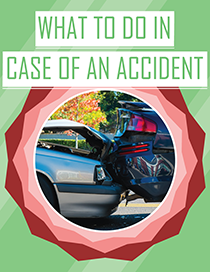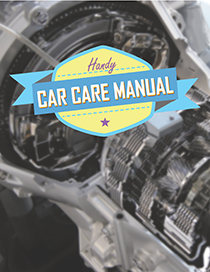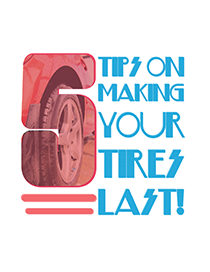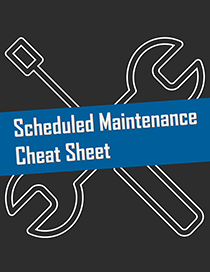Dead Car Battery
Do You Know What to Do When You Have a Dead Car Battery? It can happen at any time. You climb inside your car, turn the key or press the start button and nothing happens.
Soon the temperatures will be getting colder so your odds of experiencing a dead car battery will be increasing since low temperatures cause batteries to become more sluggish. It is important to not only be equipped with a quality set of jumper cables in your car, but also to know how to use them properly.
Jump starting a dead car battery isn’t difficult, but it can be dangerous if not done correctly. Jumper cables actually transmit electrical current from one car to another. It is essential that you take precautions to prevent dangerous electric shocks. Once you have one end of the jumper cables connected to a car, it is critical that the metal clamps on the other end of the cable do not touch anything other than the specified components on the other car. It is a good idea to keep rubber gloves and protective eye wear with your jumper cables and wear them for extra safety.
Preparation Steps to Jump Starting the Car:
- Park the running car so the cars face each other, about one to two feet apart. Make sure that the cars are not in contact with each other.
- Set the parking brakes on both cars. Turn off both cars and take out the keys.
- Lay out the jumper cables on the ground, making sure the clamps do not touch each other.
- Open the hood to both cars. Locate the batteries and battery terminals. (See your owner’s manual for details). The two terminals on each battery are usually covered in red or black, with a + or – sign on top. Confirm you are able to identify which is positive, and which is negative, as this will be crucial to the success of your jump. Dirty or corroded battery terminals should be cleaned off with a rag or wire brush.
Attaching the Jumper Cables to the Car:
- Attach the red, positive cable clamp to the positive (+) battery terminal of the dead battery. Make sure you have a solid connection to the battery terminal.
- Attach the red, positive cable clamp on the other side of the jumper cables to the working battery’s positive (+) battery terminal
- Connect the black, negative cable clamp to the working battery’s negative (-) battery terminal. In the vehicle with the dead battery, attach that clamp to a metal part of the car that is unpainted, as far from the battery as the cable will reach. This will ground the circuit and help prevent sparking.
- Make sure that none of the cables are in contact with moving engine parts before starting the engine.
Performing the Jump Start:
- Start the engine of the car with the working battery.
- Let the car to run for several minutes. The time required to get the jump to work may vary depending on the age and condition of the battery.
- Attempt to start the car with the dead battery. If unsuccessful, allow the working car to charge the battery for a several minutes longer and try again.
- As soon as the disabled car is running again, you can disconnect the jumper cables, starting with the black, negative cable clamps. Never allow the clamps to come in contact with each other while any part of the cables is still attached to a vehicle.
Taking the charged car for a short drive lets the battery to build up a charge to ensure the battery doesn’t die again once you turn off the car. We are always here to help you with your vehicle! Trust in us for the most honest & affordable service.







